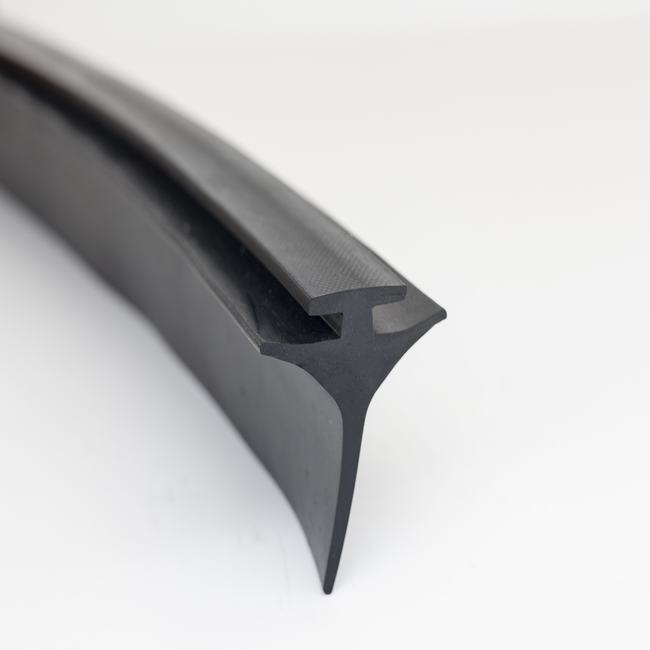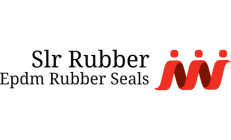Ethylene Propylene Diene Monomer (EPDM) rubber seals are highly versatile and widely used in various industries for their exceptional properties, durability, and resilience. EPDM rubber is known for its excellent resistance to weathering, UV radiation, ozone, and a wide range of chemicals, making it an ideal material for sealing applications in outdoor and harsh environments. In this comprehensive description, we will explore EPDM rubber seals in detail, covering their composition, properties, applications, manufacturing processes, benefits, and considerations.
1. Composition:
EPDM rubber seals are primarily composed of ethylene propylene diene monomer, a synthetic elastomer that combines ethylene, propylene, and a small amount of diene monomers. The incorporation of diene monomers creates cross-linking sites within the polymer structure, imparting unique properties to the material. The specific grade of EPDM rubber used may vary based on the application and desired performance characteristics.
2. Properties:
EPDM rubber seals exhibit a wide range of valuable properties:
a. Weather Resistance: EPDM seals are highly resistant to weathering, UV radiation, ozone exposure, and temperature extremes, making them suitable for outdoor and long-term applications.
b. Heat Resistance: They can withstand high temperatures without losing their elasticity or becoming brittle. EPDM seals typically retain their flexibility and sealing properties even in extreme heat.
c. Chemical Resistance: EPDM rubber has good resistance to a variety of chemicals, including acids, bases, and polar solvents.
d. Water Resistance: EPDM seals provide excellent water resistance and are often used in applications requiring a watertight seal.
e. Elasticity: EPDM rubber is highly elastic and can maintain its shape and sealing ability even after repeated compression and relaxation cycles.
f. Low-Temperature Flexibility: EPDM retains flexibility and resilience even at low temperatures, making it suitable for cold-weather applications.
g. Tear Resistance: EPDM rubber has good tear resistance, ensuring the seals maintain their integrity under stress.
h. Electrical Insulation: EPDM seals have electrical insulating properties and are often used in electrical enclosures and applications requiring electrical insulation.
3. Applications:
EPDM rubber seals find extensive use in various industries and applications:
a. Automotive: EPDM seals are used for sealing automotive components, such as doors, windows, sunroofs, hoods, and trunks, due to their weather resistance, durability, and sealing effectiveness.
b. Construction: They are used in construction for sealing doors, windows, and curtain walls, as well as for waterproofing roofs, flashings, and expansion joints.
c. Electronics: EPDM gaskets and seals are used in electrical enclosures, control panels, and electronic devices to provide environmental protection and electrical insulation.
d. Marine: They are employed in marine applications for their resistance to saltwater, UV radiation, and weathering, used for sealing hatches, doors, and windows on ships and boats.
e. Industrial: EPDM seals are used in various industrial equipment, machinery, pipelines, and HVAC systems for sealing, insulating, and providing protection against harsh environmental conditions.
f. Medical: EPDM rubber’s biocompatibility and resistance to steam sterilization make it suitable for use in medical and pharmaceutical applications, including medical devices and equipment.
4. Manufacturing Processes:
The manufacturing of EPDM rubber seals typically involves the following processes:
a. Mixing: EPDM polymer is mixed with compounding agents, such as accelerators, curatives, fillers, and antioxidants, to achieve the desired properties and cure characteristics.
b. Extrusion: The mixed EPDM compound is extruded into the desired shape, such as profiles, strips, or custom configurations, using an extrusion process.
c. Molding: In some cases, EPDM seals are formed through compression or injection molding to create specific shapes or intricate designs.
d. Curing: The extruded or molded EPDM material is cured at elevated temperatures to achieve its final properties, including elasticity and resilience.
e. Cutting and Fabrication: After curing, the EPDM material can be cut and fabricated into the final seal shape or size.
5. Benefits of EPDM Rubber Seals:
a. Durability: EPDM rubber seals are known for their long service life and resistance to environmental factors, contributing to lower maintenance costs.
b. Versatility: They can be used in a wide range of applications due to their excellent combination of properties.
c. Cost-Effectiveness: EPDM seals are often cost-effective compared to other sealing materials, especially considering their durability and low maintenance requirements.
d. Environmental Resistance: They perform well in outdoor and harsh environments, making them suitable for various outdoor applications.
e. Sealing Performance: EPDM seals provide effective seals, preventing leaks, dust, contaminants, and moisture from entering or escaping.
6. Considerations:
a. Compatibility: Ensure compatibility with the specific chemicals, fluids, and conditions in the intended application.
b. Temperature Range: While EPDM is heat-resistant, it may not be suitable for extremely high-temperature applications (above 300°F or 150°C).
c. UV Exposure: While resistant to UV radiation, prolonged exposure to direct sunlight can lead to some degradation over time.
d. Compression Set: EPDM seals may exhibit compression set over time if continuously compressed, so proper design and installation are essential.
e. Regulatory Compliance: Consider any industry-specific standards and regulations that may apply to the use of EPDM seals in certain applications, such as food or medical industries.
In conclusion, EPDM rubber seals are versatile and reliable sealing components widely used across industries for their excellent properties and durability. Whether in automotive, construction, marine, or industrial applications, EPDM seals provide effective sealing and protection against environmental factors, making them an essential part of many systems and products. Careful selection based on compatibility, temperature, and other considerations ensures that EPDM rubber seals perform optimally in their intended applications.










